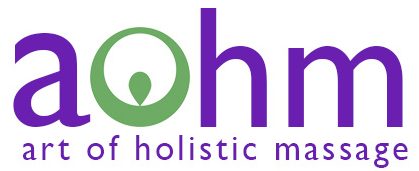Preparing for a Massage
Massage is a healing art, tailored to meet your needs and one of the nicest things you can do for yourself. As each person is different, this is a only guideline and an introduction to help you decide the most beneficial way for you to receive your massage. The most common question and concern you might have when going to a massage is one that many others share: and that is a question of clothing. Massages are most effective when you wear no clothing, this is because even minimal clothing, such as underwear, covers up important muscle groups. However, nudity can be uncomfortable for many people and so it is important that you make the decision about the amount or lack of clothing you will wear during your session. No matter what you decide, you will always be covered with a sheet for your comfort. Also, it’s important to remove all jewelry and best to leave these personal items at home. Once you have decided on your level of dress, it’s time for you to get comfortable on the massage table. Here’s where it’s time to begin your relaxation.
Some tips:
1. Get comfortable and begin by closing your eyes. Take several deep breaths to draw your attention to your breathing. This focus will allow you to almost immediately become in touch with your body.
2. Breathe deeply through your nose, letting the air flow as deep into your abdominal area as you feel comfortable, without force. Try to sink yourself more and more into the present moment, letting thoughts drift out of your mind as easily as they have drifted in.
3. When you begin to feel your massage therapist’s touch, allow yourself to turn your complete attention to their touch. Tune into the quality of their touch, the way you might listen to the sound of someone’s voice.
4. Allow yourself to continue breathing deeply, remaining connected to your breath. It can be a good technique to imagine your breath flowing into the very area that your therapist is touching. And let yourself sigh.
5. Whether talking will occur during your session depends on you and your therapist. In most cases, talking during the moments of direct body encounter can lead to distraction and inhibit the work of the massage. So less is more.
6. It’s important that when you are working with your therapist that you share any feelings or thoughts that are coming up, if you wish, so that the therapist can move to work with the knots and tensions that occur with regards to these feelings.
7. Talking becomes critical if you need to communicate to your therapist discomfort or if the touching is too deep or too light or if you simply need to use the bathroom.
8. When your massage is over, take time, lie still, keep your eyes closed, continue breathing, and absorb what you are feeling.

